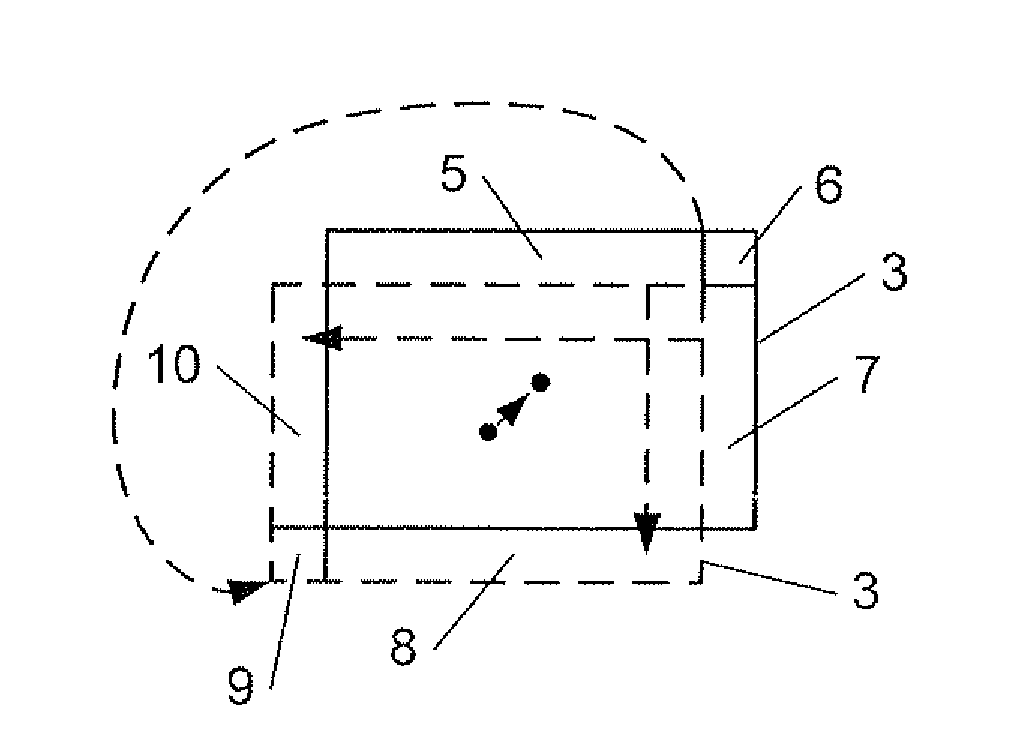Method for unified visualisation of heterogeneous datasets
a dataset and unified technology, applied in the field of computer-readable data storage media, can solve the problems of requiring a large amount of memory, and requiring a large amount of data, and achieve the effect of reducing the requirements of data processing
- Summary
- Abstract
- Description
- Claims
- Application Information
AI Technical Summary
Benefits of technology
Problems solved by technology
Method used
Image
Examples
Embodiment Construction
[0055]A prior art mipmap 11 is illustrated by FIG. 1. Such a mipmap 11 comprises a series of several graphic data arrays 12 which represent the same entity at increasing levels of detail. Because of the increasing level of detail, the size of the graphic data arrays 12 also increase, so that, stacked, they can be represented as a pyramid, as in FIG. 2. In order to render and visually display part of the entity in a display unit of a given screen size and resolution, a data processor can thus extract the graphic data from the level of detail most adequate for fitting that part of the entity to the given screen size and resolution.
[0056]However, when a very large entity has to be represented even at a very high level of detail, such a complete mipmap will demand very significant resources. For instance, a whole-Earth geographic texture map with a 1 m resolution will require a texture size of 226 texels. Direct processing of such a texture size is already well beyond the possibilities ...
PUM
 Login to View More
Login to View More Abstract
Description
Claims
Application Information
 Login to View More
Login to View More - R&D
- Intellectual Property
- Life Sciences
- Materials
- Tech Scout
- Unparalleled Data Quality
- Higher Quality Content
- 60% Fewer Hallucinations
Browse by: Latest US Patents, China's latest patents, Technical Efficacy Thesaurus, Application Domain, Technology Topic, Popular Technical Reports.
© 2025 PatSnap. All rights reserved.Legal|Privacy policy|Modern Slavery Act Transparency Statement|Sitemap|About US| Contact US: help@patsnap.com



